OSNet簡介 - Omni-Scale Feature Learning for Person Re-Identification
Kaiyang Zhou, Yongxin Yang, Andrea Cavallaro, Tao Xiang. Omni-Scale Feature Learning for Person Re-Identification. In ICCV’19.
ICCV 2019 paper
Kaiyang Zhou, Yongxin Yang, Andrea Cavallaro, Tao Xiang. Omni-Scale Feature Learning for Person Re-Identification. In ICCV’19.
ICCV 2019 paper
Junyuan Xie, Ross Girshick, Ali Farhadi. Unsupervised Deep Embedding for Clustering Analysis. In ICML’16.
ICML 2016 paper
Ziliang Chen, Jingyu Zhuang, Xiaodan Liang, Liang Lin. Blending-target Domain Adaptation by Adversarial Meta-Adaptation Networks. In CVPR’19.
CVPR 2019 paper
簡單來說呢,Outline vpn 是一個可以快速設定好 VPN Server 的工具,支援多個平台,可以快速的設定,以我個人的 Server 架設在 GCP,然後是使用 Windows 的作業系統做管理, 用 Mac 以及 iphone 來連線。
當初出差的時候,因為一些需求,要用到台灣的網路。
有幾個方法可以選擇:
而我選擇自己架設 VPN 有幾個原因
在這邊我們選用 Outline VPN,
主要是因為它設定簡單又可支援多個不同的平台。
連線很簡單拉,設定其實沒有很簡單。。。
在Outline官網中提及:記者需要透過安全的管道存取資訊,以針對議題進行研究、與消息來源聯絡及報導新聞。Outline 可讓新聞機構輕鬆為自家網路提供更安全的開放網路存取管道。
詳情請看
這篇文章我們會使用 GCP - google cloud platform 當作 VPN 的 Server,
因此有幾個前置條件:
對這專案有興趣的可以去看看 Github: https://github.com/Jigsaw-Code/outline-client
首先我們點進官網
https://getoutline.org/zh-TW/home
Outline 有兩大部分
這兩個都支援多種平台,
我會以 Windows 10 去做示範如何架設好 Outline Manager

首先下載完之後點開,
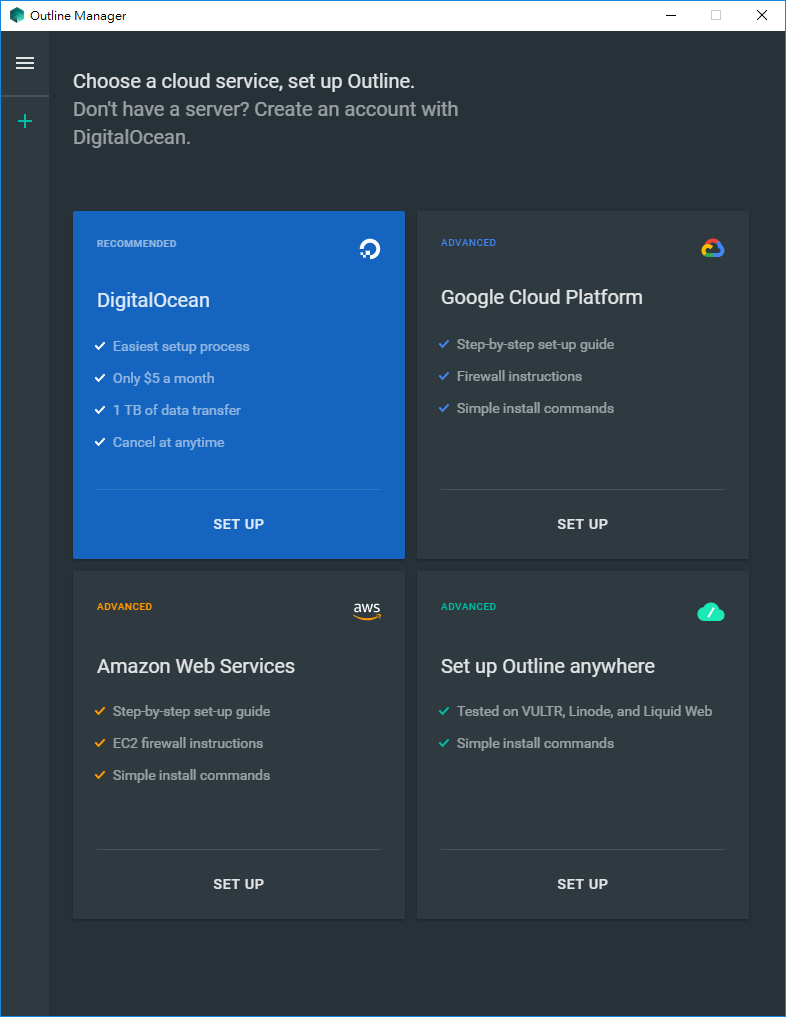
本文採用 Google Cloud Platform,
所以我們可以點擊右上方 GCP,
點擊之後它上面會有介紹怎麼做,
那這篇文章會一步一步地帶你做,
可能未來他的流程會改變,那這篇文章可能就會不適用。。。
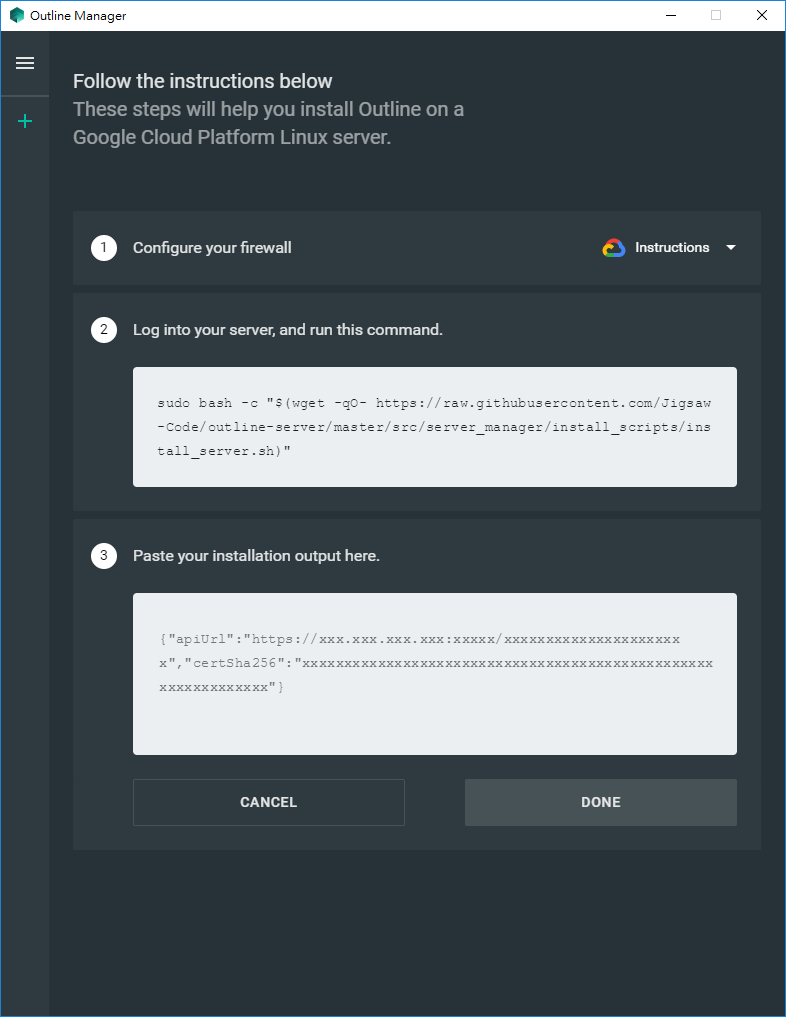

首先要點 Add a new firewall rule:
https://console.cloud.google.com/networking/firewalls/add
那這時候會到 GCP 的畫面,
我們要先登入 Google 帳號,
並且綁定信用卡拿首年 300 美金的優惠!!
看到右上方,有個藍色的啟用按鈕,點進去設定。

啟用之後我們就可以開始設定 GCP 相關的東西~
有 Google 給的 300 美金,
基本上一個人用的 VPN 應該是夠用了。
可以再點一次這個連結 要點 Add a new firewall rule:
https://console.cloud.google.com/networking/firewalls/add
創建 GCP 的專案
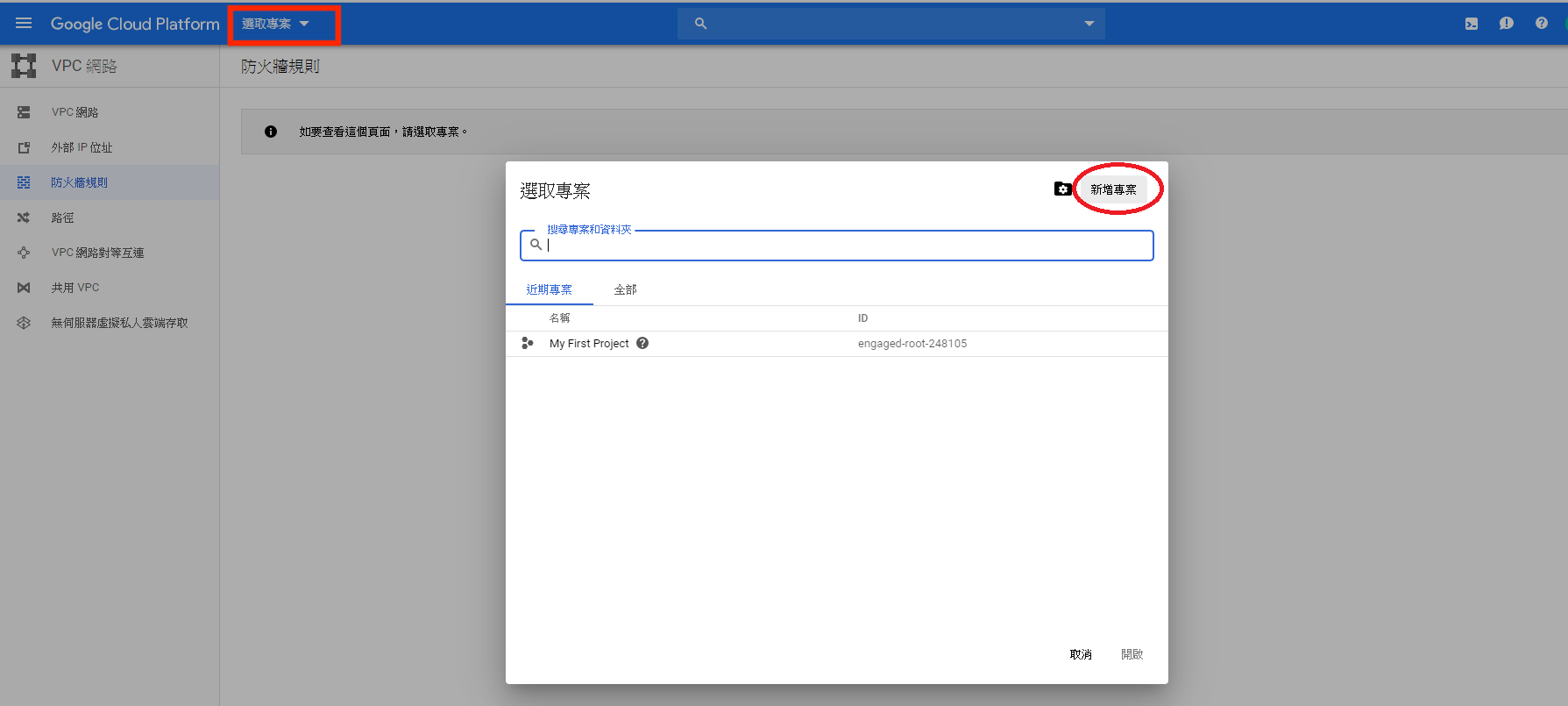

創立完之後要確保我們有切換到目前的專案!!
接著可以再點一次這個連結 要點 Add a new firewall rule:
https://console.cloud.google.com/networking/firewalls/add
開始設立防火牆的規則!

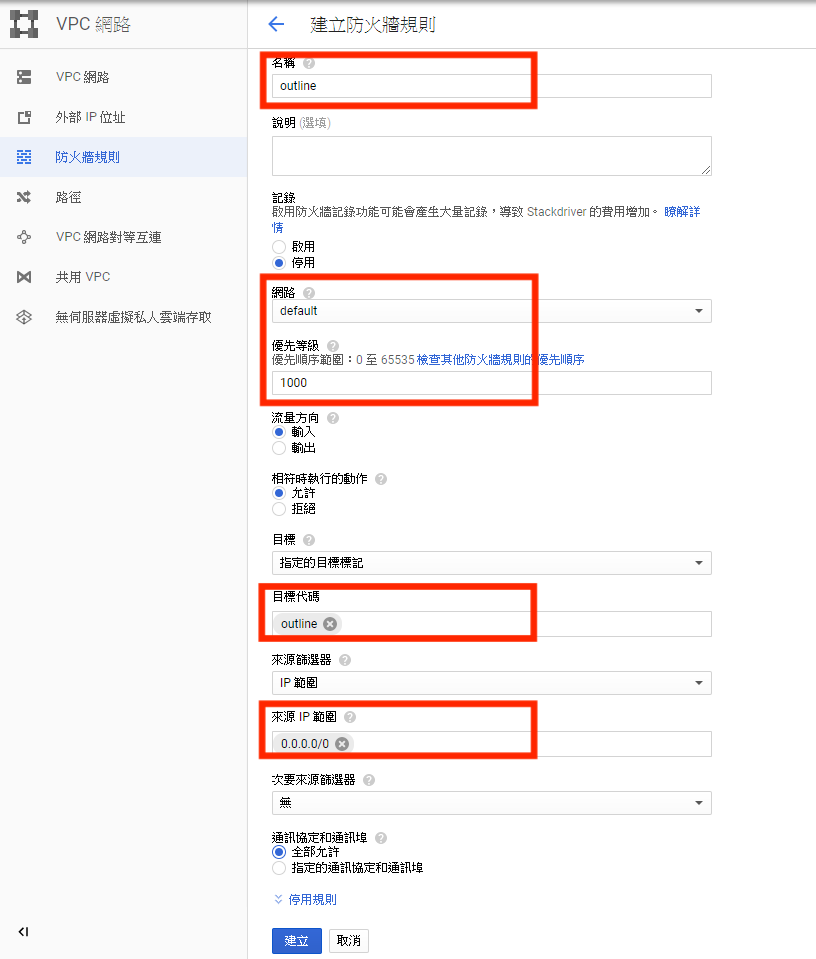

設立完規則後,
我們要創立一個機器 - VM Instance,

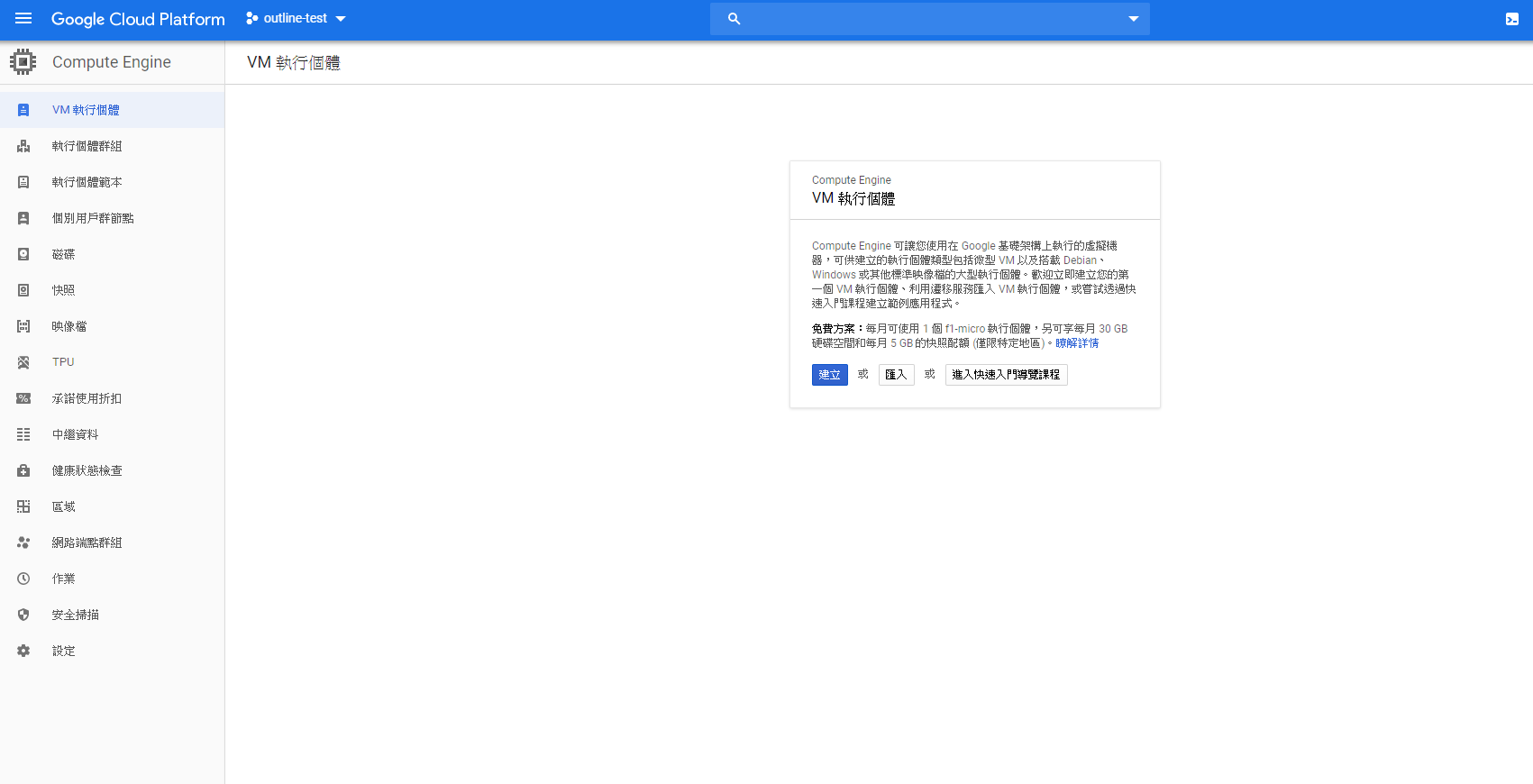
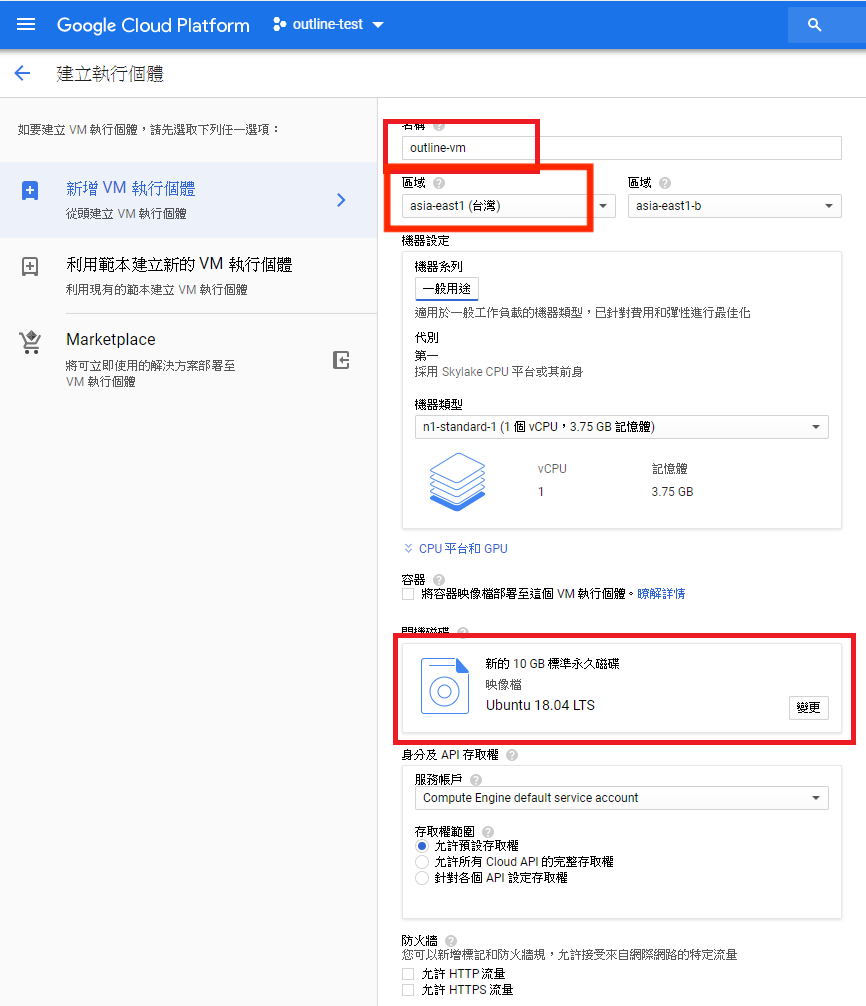

建立完機器之後,
我們要將機器配置剛剛我們設定的防火牆規則。
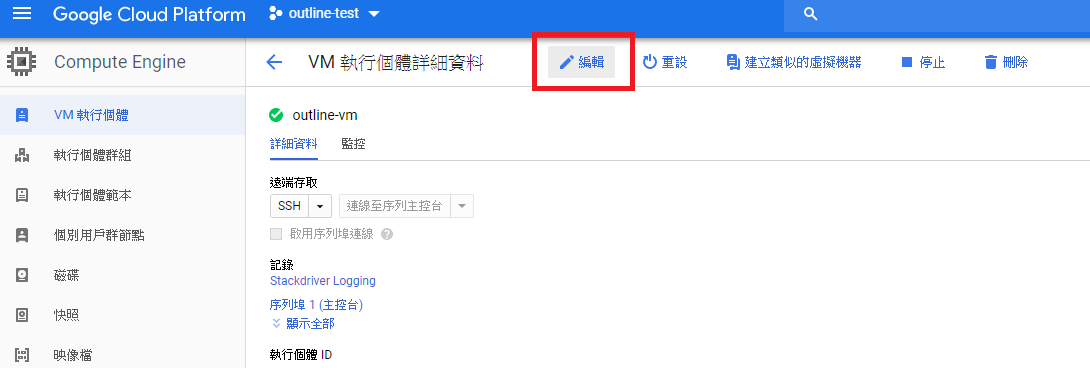

然後按下儲存,
按照官方的說明這時候會進到2, 3兩步,
但其實中間官方的說明少掉了好幾步阿!!!!!
對於不會用 GCP 的人一定滿頭問號????
照理官網的步驟,下一步是要貼下面這段,
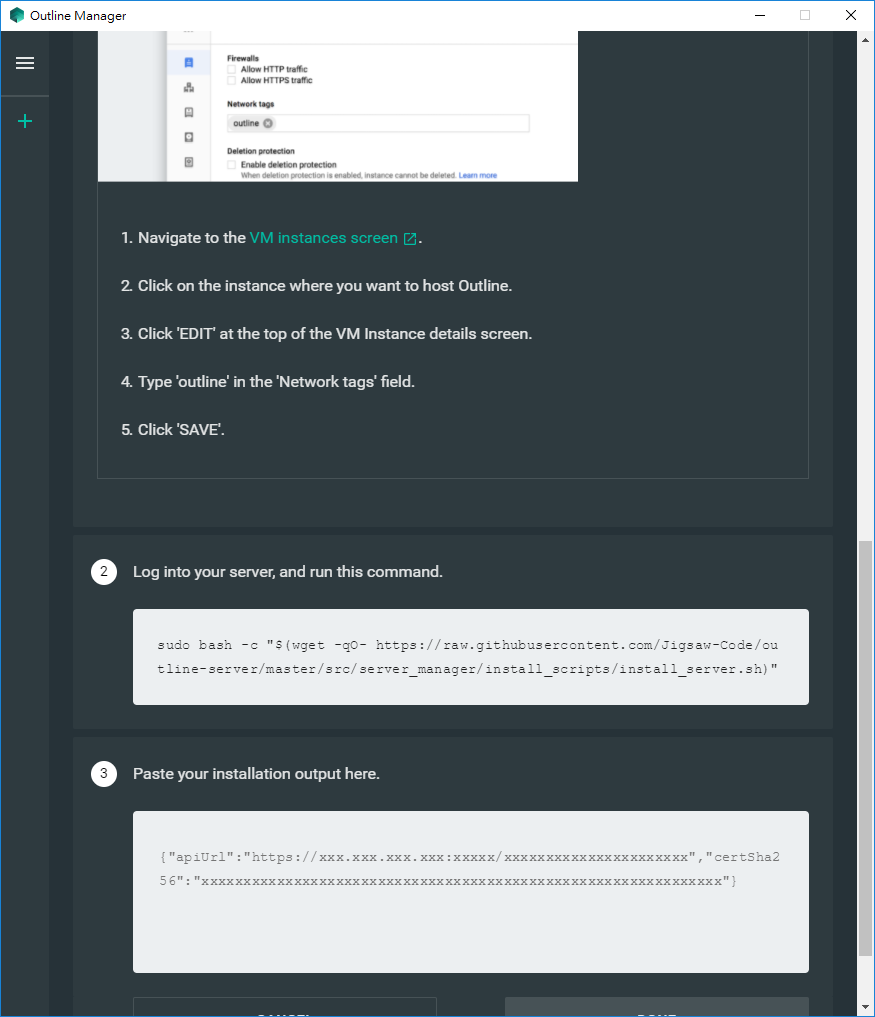
Note: 下方這段可能會更新,請依照官方文件為主!
sudo bash -c "$(wget -qO- https://raw.githubusercontent.com/Jigsaw-Code/outline-server/master/src/server_manager/install_scripts/install_server.sh)"
但應該在貼在哪勒?
首先我們要先連線到剛剛創建好的 VM Instance 的機器,
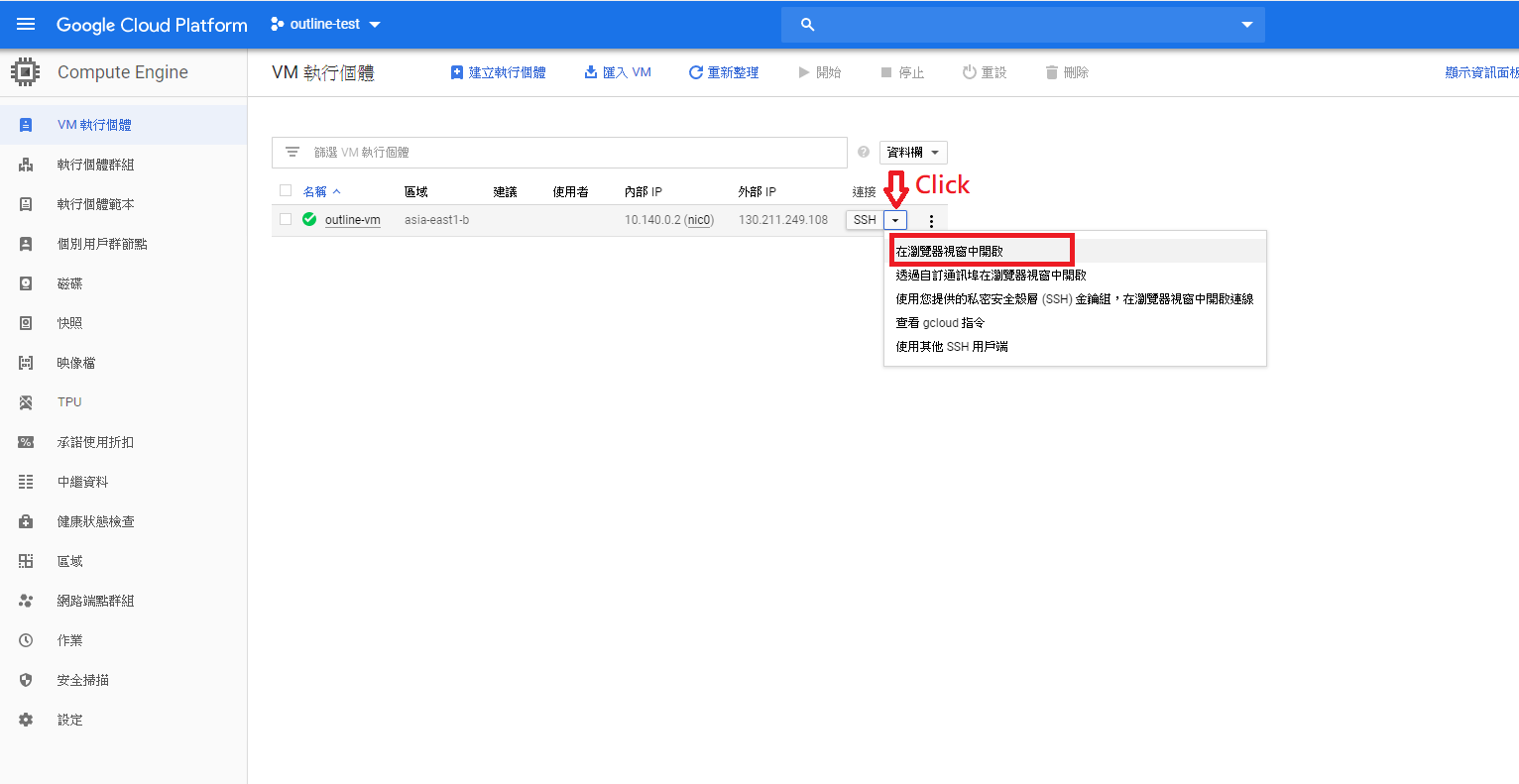
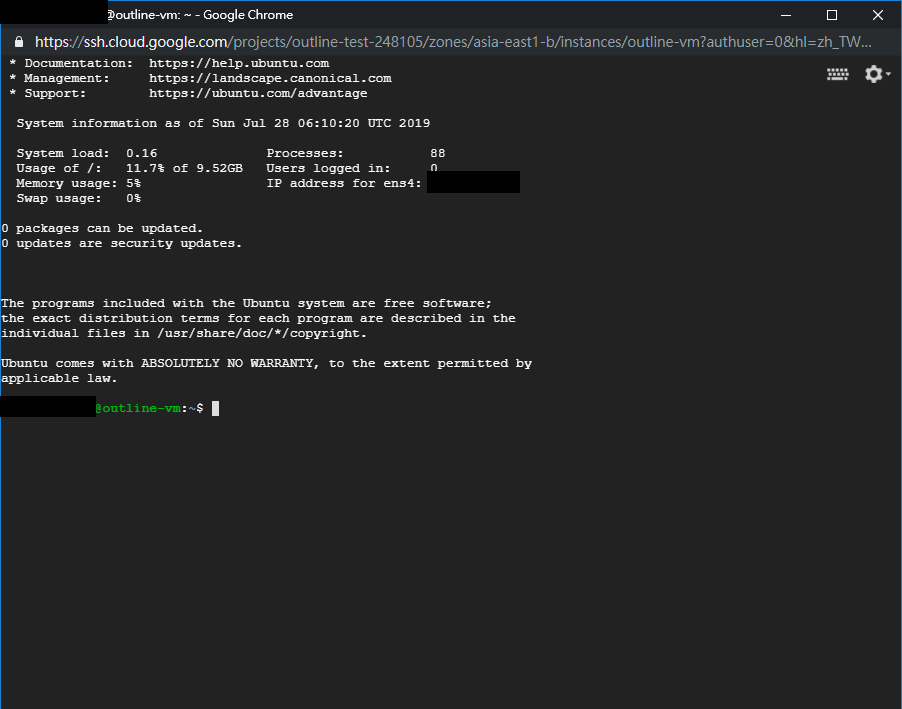
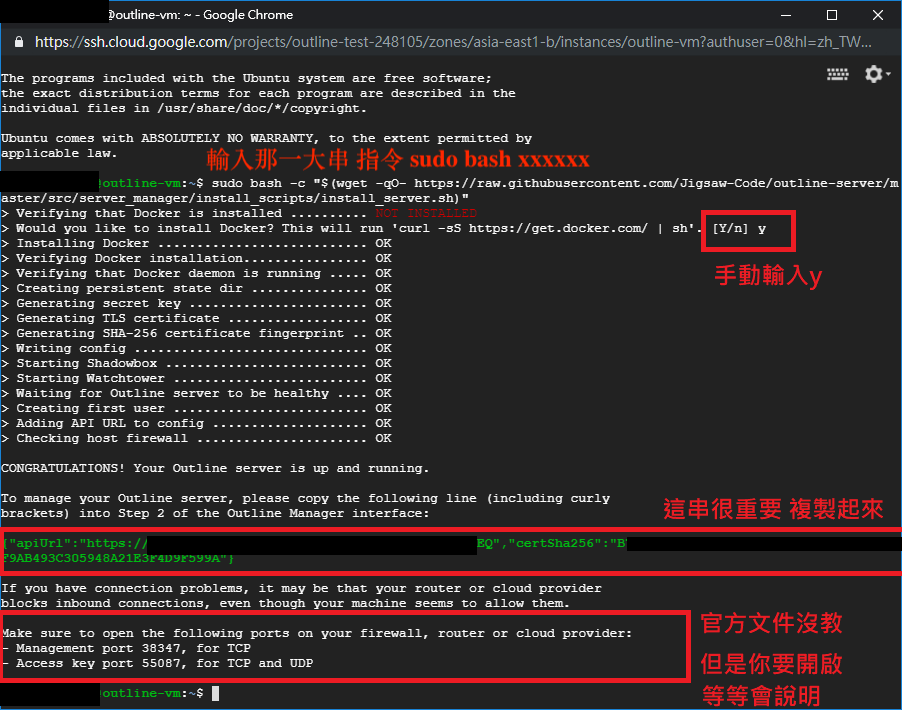
這串很重要 複製起來 按照官方教學 有了這串之後
{“apiUrl”:”https://xxxxxxxxxxx”,”certSha256”:”xxxxxxxxxxx”}
就可以輸入上方的那串到這裡
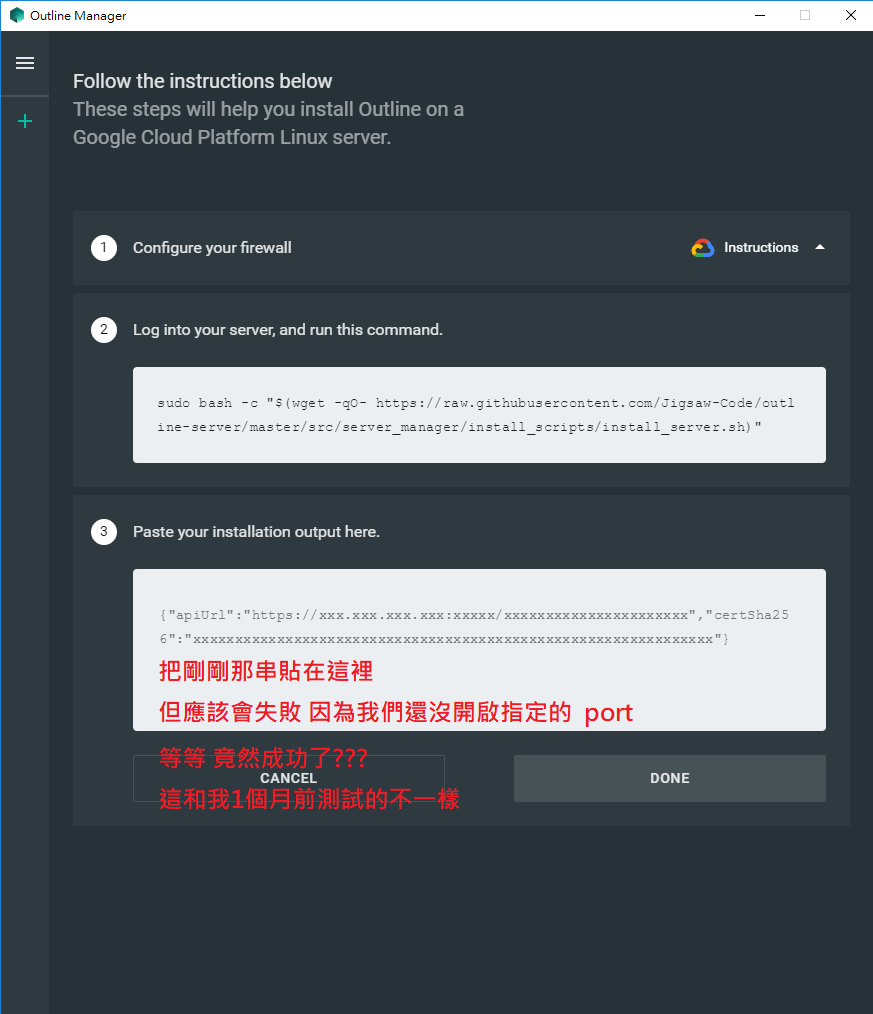
等等,竟然成功了???
這和我一個月前嘗試的不一樣

摁。。。 如果失敗的話,
拉到最後面我有補充那我上次失敗的時候做了什麼事。
接著我們要拿這個 Server 的 ss key !!

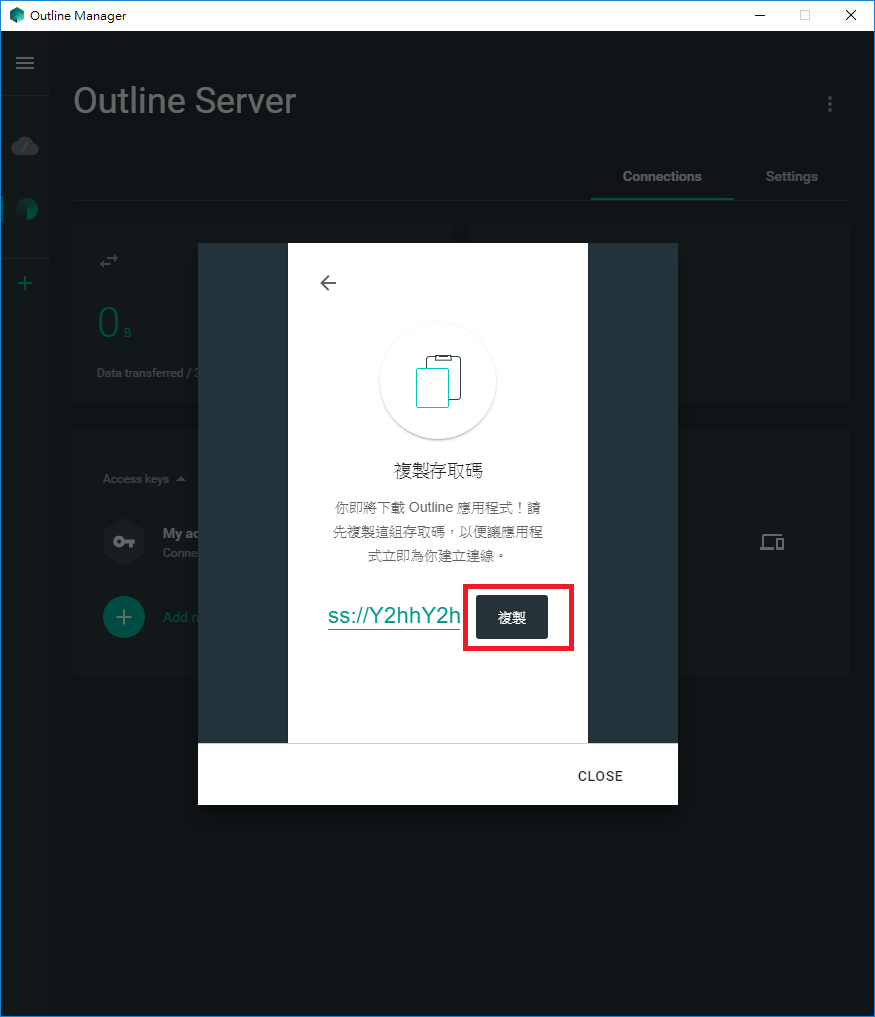
透過上面的操作會拿到下面這組數字,
這組務必保留好!!
建議 Mail 給自己留個紀錄 ,
因為我 mac 重開機要再次輸入這個 ss 序號才能再次連線(我的 mac 有這困擾, iphone 倒是沒差),
拿到 ss://xxxxxxxxxxxxxxx,
下一步就是我們要使用 Outline client連線到這個 VPN。

看你要在哪個裝置上使用 我是用過 mac 和 iphone 都很簡單!
只要安裝完 輸入 ss://xxxxxxxxxxxxxxx 就能自動配對連線了,
iPhone 的示範:

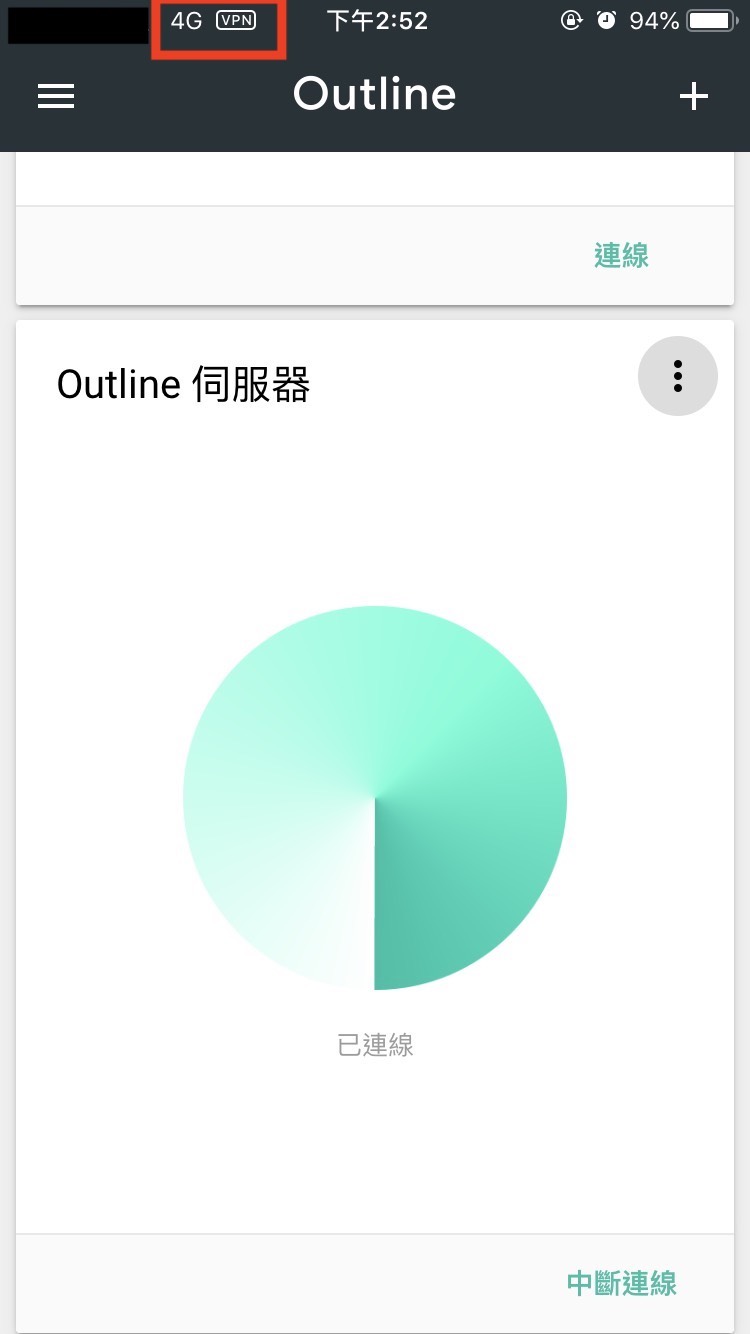
mac 的示範:

剛剛那畫面的下面有這兩行:
Make sure to open the following ports on your firewall, router or cloud provider:
我們要把對應的 port 開起來。
我在那台機器打上:
sudo apt install ufw
sudo ufw enable
sudo ufw allow 38347/tcp
sudo ufw allow 55087/tcp
sudo ufw allow 55087/udp
Davy Neven, Bert De Brabandere, Marc Proesmans, Luc Van Gool. Instance Segmentation by Jointly Optimizing Spatial Embeddings and Clustering Bandwidth. In CVPR’19.
CVPR 2019 paper
Youngmin Baek, Bado Lee, Dongyoon Han, Sangdoo Yun, Hwalsuk Lee. Character Region Awareness for Text Detection. In CVPR’19.
CVPR 2019 paper
Qing Lian, Wen Li, Lin Chen, Lixin Duan. Known-class Aware Self-ensemble for Open Set Domain Adaptation. In arXiv preprint.
尚未被 conference 接收,於 3 May 2019 提交至 arXiv.
Geoffrey French, Michal Mackiewicz, Mark Fisher. “Self-ensembling for visual domain adaptation”. In ICLR’18.
ICLR 2018 Paper
Kuniaki Saito, Shohei Yamamoto, Yoshitaka Ushiku, Tatsuya Harada. “Open Set Domain Adaptation by Backpropagation”. In ECCV’18.
ECCV 2018 Paper
Yunsheng Li, Lu Yuan, Nuno Vasconcelos. “Bidirectional Learning for Domain Adaptation of Semantic Segmentation”. In CVPR’19.
CVPR 2019 Paper